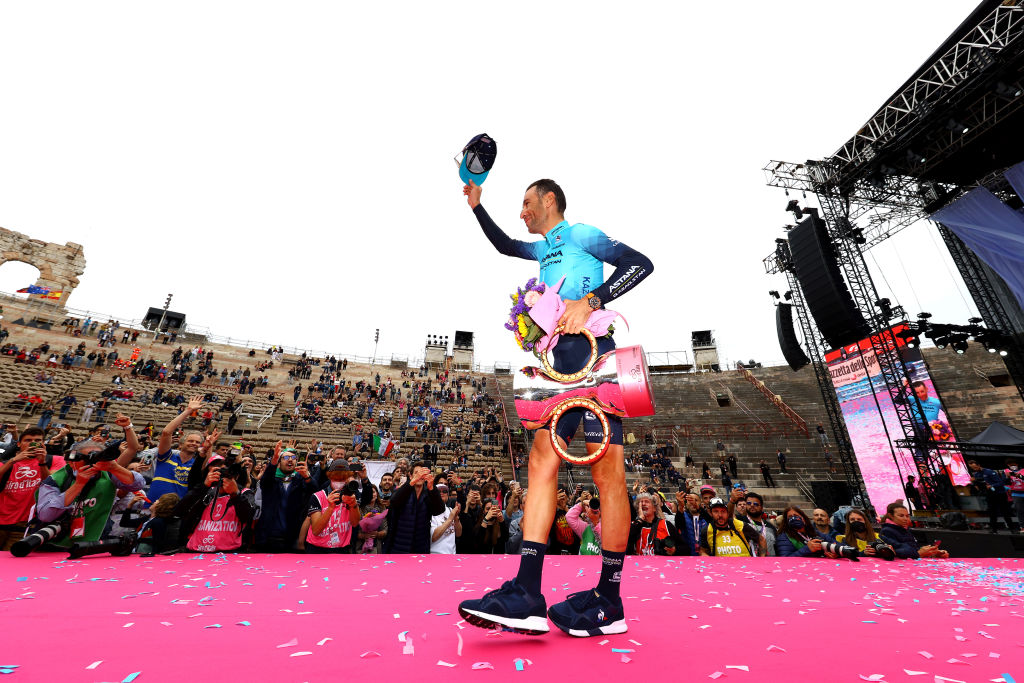Adam Myerson's Inside Dirt: Superprestige Gavere analysis
Strong form, good technique and no mishaps are mandatory for success
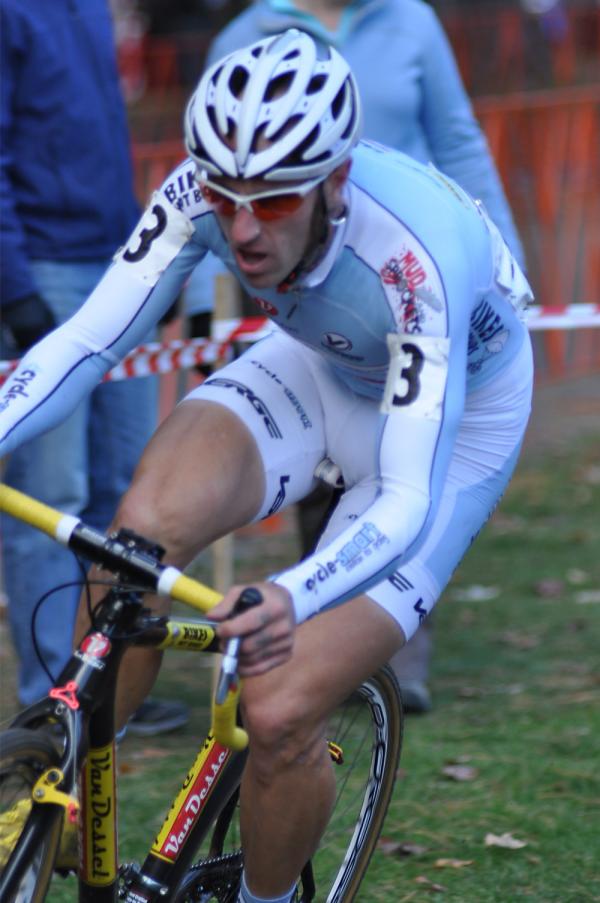
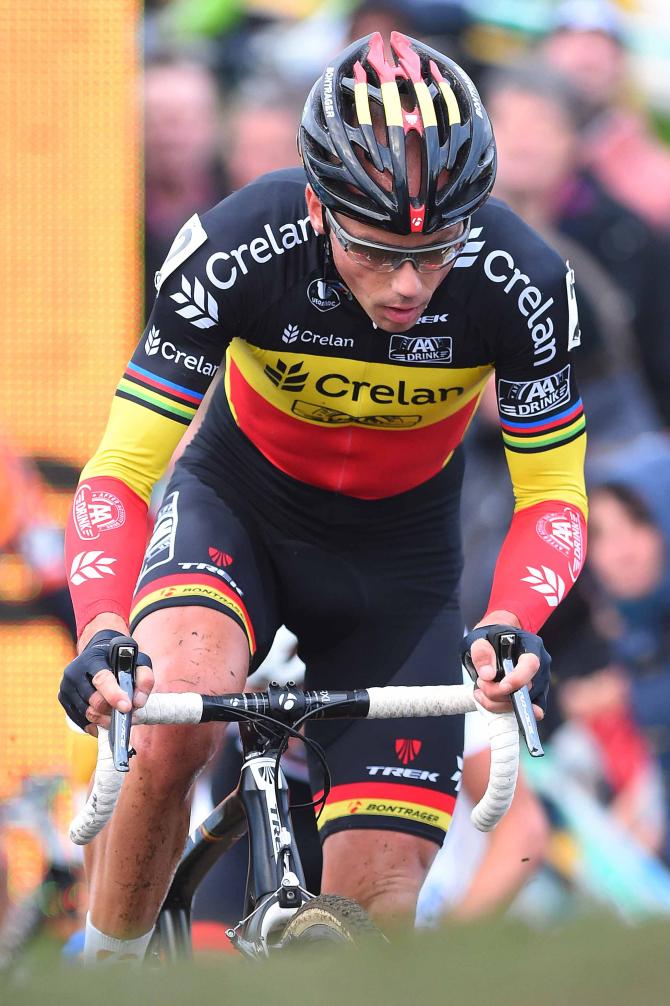
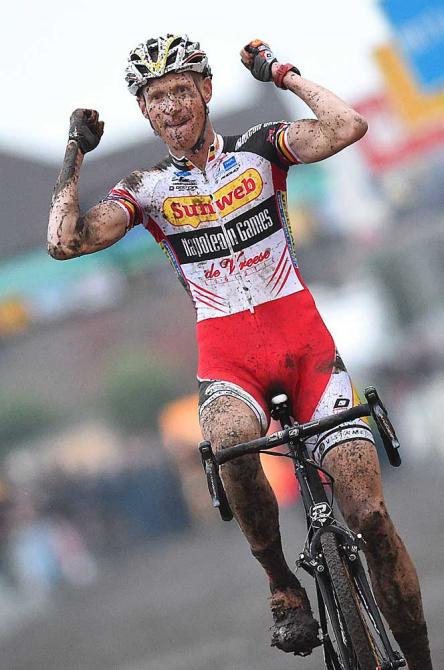
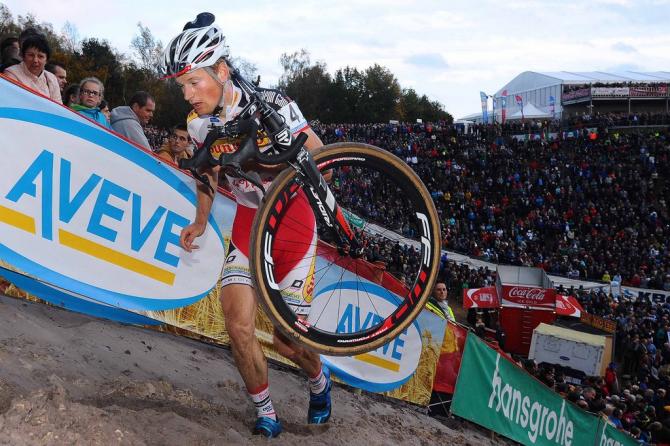
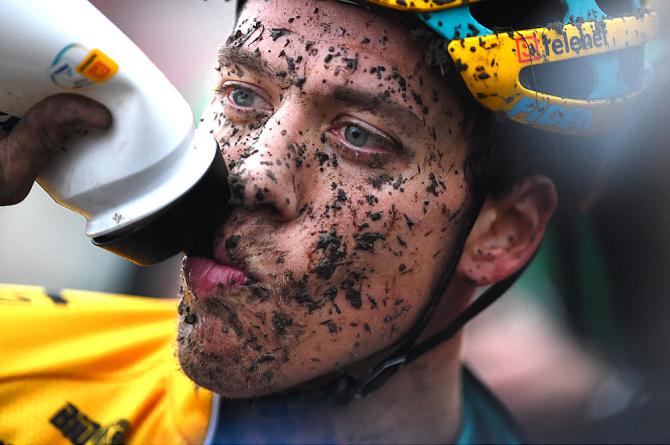
Adam Myerson is a professional cyclist and coach who specializes in criteriums and cyclo-cross. A former collegiate national cyclo-cross champion, he began racing as a junior in 1987, and has been a professional since 2003. He is the founder and president of Cycle-Smart, Inc., President of the New England Cyclocross Series, organizer of the Cycle-Smart International Cyclocross, the oldest UCI event in North America, a former member of the UCI Cyclo-Cross Commission, and a former member of the management committee of the International Association of Cyclo-Cross Organizers (AIOC-Cross).
He will be writing a series of blogs for Cyclingnews that break down the key aspects of top-level cyclo-cross races this season. Check out his first installment about the recent Superprestige Gavere.
Asper-Gavere is a cyclo-cross classic; a course set apart for its difficulty, in the category of Koksijde and the Koppenbergcross, or old legends like Wetzikon. Set in an orchard on the side of what is more or less a cliff, on a military base with a castle perched at the top of the hill. Imagine the muddiest tractor paths you’ve ever seen, set at a 45 degree angle, and none of them straight; a slippery game of Chutes and Ladders with only two rideable flat sections, one along the start/finish stretch, the other along the canal at the bottom of the descent. Any other flat piece requires running, including the five back and forth sections that come early on the course.
The descents are so steep they can’t be accurately reflected on TV, until you see a rider go over the bars and fall forever before actually hitting the ground. In some editions of the race, they’ve had to put rugs down over certain sections of the course, simply to make them rideable, and bring a segment of running down to the 80-metre UCI maximum length. It’s so muddy, and has so much running, that Rob Peeters rode a third of lap two with a rear puncture on the back of the front group this year, ultimately only losing one place.
It’s a course that claims many victims, and draws huge crowds as a result. In 2008, Niels Albert crashed on the descent and ruptured his spleen. In 2010, Danny Summerhill crashed out on lap one, unable to continue. Some riders choose to skip it completely - for example, Helen Wyman is training in Spain to prepare for the upcoming World Cups in Koksijde and Milton Keynes. The highlight reel of crashes here makes that a wise and well-considered choice.
In some ways, the start is crucial so as not to be entering the first downhill, muddy chicane in traffic, as Wout Van Aert found in the U23 race when he unavoidably crashed into riders who were already on the ground when he arrived. At the same time, it’s a race of attrition where riders may appear to be in a group, but are merely riding a mass-start time trial where they happen to overlap. There is some pacing but very few opportunities for drafting. The few that exist are used as a collective recovery section; the pavement is the only place to rest. Every other part of the course requires power to move, or intense concentration not to crash.
It has to be noted that Sven Nys has won this race an astonishing nine times. Without question he would be looking for his 10th win and the lead in the Superprestige series. If there was ever a course for Nys to employ his “patient hunter” style of racing, Gavere is it. What he did at Ronse was a demonstration; he rode his normal, consistent lap times but he did it from the front and led more or less from start to finish. At Gavere, simply completing a lap of the course requires the kind of periodic high power in some sections that, once it’s gone, riders are reduced to a crawl. Pacing out that effort and riding negative splits is a technique Nys and only Nys has mastered. He doesn’t so much go faster as he simply does not slow down, looming behind the leaders until they tire and he swoops in for the kill.
At Superprestige Gavere 2014 on Sunday, Nys took this approach to an extreme. At the first treacherous descent a third of the way through lap one, he was already 15 seconds down on the leader, Tom Meeusen. By the end of lap two, he was trailing the third group by himself, 45 seconds back from the front. For laps three, four, and five, the gap would stay at 30 seconds, even as Nys moved up through the field, primarily as a result of riders moving backwards from the front. Nys, again, the patient hunter.
At the front, the group that finally formed was representative of a course that has something for everyone. Vantornout, the tall, thin climber and runner, Meeusen the muscular, acrobatic sprinter, and Pauwels, the small, slight all-rounder. Each led at one point, and all ended up back together at another, strengths and weaknesses equaling out.
Finally, with two laps to go, Nys had passed all but the lead three as riders fell away from the front. The gap to the trio dropped to 25 seconds, still a seemingly insurmountable gap, but realistic at Gavere where a rider can lose 15 seconds on a single turn. Nys drove hard on the pavement where others were soft pedalling, leaving behind the Dutch duo of Lars van der Haar and Mathieu van der Poel (who’s father, Adri, won this race in 1991).
The leaders were no longer thinking about Nys and clearly had begun racing for the win. Entering the bottom of the long climb off the canal and back up to the castle, Vantornout passed his teammate Pauwels, quietly spoke to him as he passed, and the stage was set. As they dismounted, Vantornout sprinted away, Pauwels jogged intentionally, and Meeusen was gapped. A failed remount by Meeusen after running around Pauwels added to Vantornout’s advantage. Meeusen paused to shout angrily back at Pauwels for opening the gap, and in that moment the race was decided. Meesuen put absolutely everything into bringing Vantornout back, but with Pauwels sitting on, he was merely giving second place away.
Meeusen and Pauwels were six seconds down with one to go, and Nys was still 19 more behind them, again not gaining on the leader, but taking down the weak members at the back of the herd as he pursued them. Meeusen continued to ride with his characteristic heart, nearly crashing out on the last pass down the dangerous chute and allowing Pauwels to get back to his wheel. As they climbed up to the castle the final time, Meeusen was left behind again, this time by Pauwels as he rode away for second. Worse, Nys used his last match to light up the climb, connect with, and then drop Meeusen, reminiscent of his patented last lap attacks over the top of the Koppenberg. Angry and spent, Meeusen crossed the line for fourth, where just eight minutes earlier he was racing for the win with Nys nowhere in sight.
Nys’ third place would be a remarkable ride coming from so far behind if it wasn’t something he did almost every weekend, intentionally. And while the gap after lap two was larger than he planned due to a dropped chain, it wasn't a real excuse - almost every rider had a mishap at some point, or nearly so, and this was not Nys’ first significant dropped chain mechanical this season. Think back to when Vantornout ran up the climb there in 2009 with his rear wheel in his hand, for instance. Not having a mishap is mandatory for success at Gavere and is as important as good form and good technique. Only Vantornout had those, along with a good teammate as well.
The latest race content, interviews, features, reviews and expert buying guides, direct to your inbox!
Adam Myerson is a professional cyclist and coach who specializes in criteriums and cyclo-cross. A former collegiate national cyclo-cross champion, he began racing as a junior in 1987, and has been a professional since 2003. He is the founder and president of Cycle-Smart, Inc., President of the New England Cyclocross Series, organizer of the Cycle-Smart International Cyclocross, the oldest UCI event in North America, a former member of the UCI Cyclo-Cross Commission, and a former member of the management committee of the International Association of Cyclo-Cross Organizers (AIOC-Cross).
